With many of the same policy initiatives as the first Trump administration, muscle memory prompted markets to react positively to President Donald Trump’s electoral victory on November 5, 2024. Indeed, the S&P 500 gained 3.7 per cent from election day to inauguration day on January 20, paralleling the 5.8 per cent gain over the same period after Trump’s 2016 victory. However, unlike in 2017 when the S&P 500 continued to appreciate by another 18 per cent from inauguration day to the end of 2017, the S&P 500 has declined 5.5 per cent since his second inauguration through March 21. Interestingly, despite the tariff and sovereignty threats hurled at Canada, the S&P/TSX Composite Index is relatively flat, and the Canadian dollar is 0.9 per cent higher since the inauguration (data per Bloomberg).
While the main policy components may be similar to the first term, namely tax cuts, deregulation, energy security, tariffs, and immigration reform, the resequencing of these initiatives and the haphazard rollout appears to have surprised markets. Unlike the first term, where the administration led with market-friendly tax cuts and deregulation and then followed with tariffs and immigration reform, the current term has started with tariffs, immigration, and cuts to government spending. Sensing the market’s anxiety, Treasury Secretary Scott Bessent recently remarked that the administration will turn its attention to tax cuts and deregulation later this year once tariff policies have been fully unveiled. We think heightened market volatility has also prompted a retreat from erratic daily tariff pronouncements in favour of a broad strategy rollout scheduled for April 2 (discussed below).
With a focus on medium and long-term returns, we have resisted the urge to make wholesale portfolio adjustments based on short-term uncertainty. Over coming weeks and months, we expect that a narrowing in the range of possible outcomes should result in reduced volatility and a corresponding improvement in investor sentiment. While we continue to monitor potential risks, our outlook remains constructive.
Here come reciprocal tariffs
The U.S. initiative to overhaul its global trade relationships will be unveiled on April 2. With a stated goal of improving fairness, the U.S. will announce specific tariff rates on each of its trading partners. In addition to current tariff rates imposed by individual countries on U.S. exports, the U.S. will also consider non-tariff barriers such as subsidies, value-added taxes, labour conditions, and currency manipulation when calculating reciprocal tariff rates. According to Bessent, the April 2 tariff announcements will kick-off a round of negotiations with each country. At this point, it’s unclear whether existing trade treaties (such as the United States-Mexico-Canada Free Trade Agreement) will remain in force or will be superseded by the April 2 tariff announcement.
Prior to the current trade conflict, the free trade agreement between Canada and the U.S. meant that most goods crossing the U.S./Canada border were not subject to tariffs. Indeed, based on 2022 World Bank data, the weighted average tariff rate imposed by Canada and the U.S. on bilateral trade was less than 2.0 per cent in either direction. Therefore, it would be logical to expect that the forthcoming U.S. reciprocal tariff rate on Canada should be relatively low. Our review of World Bank data suggests that the highest U.S. reciprocal tariffs could be imposed on South Korea, India, China, Brazil, Japan, and some European countries.
The Trump administration’s intention to include non-tariff barriers such as Canada’s 5 per cent federal goods and services tax (GST) suggests that the April 2 reciprocal rate applied against Canada could initially be 5 per cent or more. Furthermore, based on our review of the 342-page 2025 Trade Policy Agenda issued by the U.S. Trade Representative on March 3, 2025, there are several unresolved U.S. grievances relating to: enforcement of automotive rules of origin, digital services tax, dairy quotas, softwood lumber subsidies, and some pulp and paper products. In addition, the U.S. is likely to be more vigilant about products, such as steel and aluminum, coming into Canada from third countries and then entering the U.S. tariff-free.
While we expect volatility to remain elevated in the near-term, we think upcoming clarity on tariff policy should remove a material market overhang and help calm global investor anxiety. With elevated geopolitical uncertainty, including here in Canada, contributing to ongoing market volatility we remain committed to navigating this challenging period with prudence and care. We encourage you to contact us if you have any questions regarding your portfolio and our market outlook.
